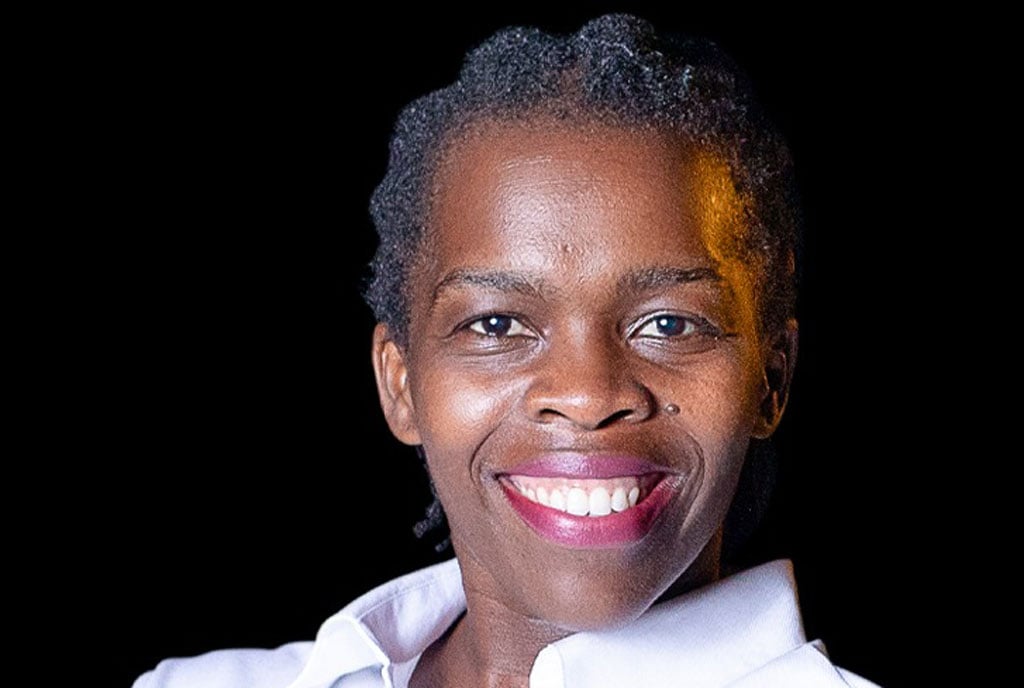
Artificial Intelligence can automate certain tasks and processes, such as data analysis, targeting, and content creation. However, it’s unlikely to completely take over all advertising jobs. PHOTO/Michael Kakumirizi
|Prosper
Prime
Will AI ‘steal the show’ in advertising?
What you need to know:
With Artificial Intelligence analytics doing the work that many advertisers charged their clients to do, AI is changing the advertising landscape.
Artificial Intelligence (AI) has been with us for ages with creation being between the 1950s and 1960s and the Association for the Advancement of Artificial Intelligence (AAAI) getting formed in 1979.
However, the first humanoid robot was created in 2016. Then in 2017, Facebook programmed two AI chatbots to converse and learn how to negotiate and ultimately came up with their language, forgoing English. In 2021, OpenAI developed DAAL-E, which can process and understand images to produce accurate captions.
With AI analytics doing the work that many advertisers charged their clients to do, AI is changing the advertising landscape.
Ms Jackie Namara, a chartered marketer, says AI is with us so the first thing is appraising one’s self on what you know about AI’s capabilities.
“We know that it is still not yet at the point where AI is capable of original creativity because it has been set up to look for available information. Based on what it accesses, it will generate something for you,” she says.
Nonetheless, the technology has several benefits that advertisers can leverage. These include:
Segmentation, Ms Namara says, is a gem for advertisers doing their trade through digital platforms as AI takes the guesswork out of targeting. However, that is provided you have the right profiling of your target audience.
AI will refine advertising to pick out the intricate needs of your audience, to address the divergences.
“Rather than mass personalisation where you get people with similar characteristics and then send them their individual messages, you will ably do hyper-personalisation. The latter gives you a much finer degree of granularity,” she says.
Adding, “AI can shine a spotlight on individual needs owing to its ability to sift through huge data volumes. That greatly influences the message composition that appeals to clients.”
Prediction
Mr Ernest Mwebaze, the executive director at Sunbird AI, says there are three major aspects of advertising; target audience, the advert, and the advertiser. For an advertiser to best serve their audience, they must understand them. It takes finding out: “What do the users need? What do these people generally need?”
“With that, AI can help you make the predictions of what services they need. Then you can tailor the services you put out depending on what the AI has told you. For instance, would it be ideal to advertise beer around Makerere or diapers?” he says.
Advert placement: In regards to the kind of adverts to use, the question would be, “Would this Makerere community, which is predominantly students appreciate adverts through social media or on billboards?” If it is a pop-up during a YouTube video, how long should the advert be, and where should it be placed?
“Rather than have a billboard, which is static with the same picture, AI will dynamically change that content based on your target audience. It could be increasing or reducing the word count, or even changing the picture to ensure your advert matches your audience’s needs,” he says.
Those running the advert can also benefit from using AI as it can monitor different aspects of the advert. These include the advert content, its performance, and whether it can be changed from a video or a marketing campaign. “These greatly help in ensuring there is maximum return on investment,” he says.
Hesitation to adopt
There is a bit of hesitancy to adopt AI because it is a seemingly new technology, especially in advertising.
While big advertisers such as Google, and Meta Facebook use chatbots, Mr Mwebaze says traditional advertisers who were accustomed to billboards and television adverts may not readily appreciate the technology’s abilities.
“For some, their clients may not understand the value of AI customising the advert for social media. Others are not tech-savvy as to ably work with AI, which is a big problem,” he says.
Job security
There are fears that AI applications will take over jobs in the creative industry and advertisers are weary of adopting technology, specifically AI into their operations.
However, Ms Namara, who is also the chief executive officer of Iguru Consult Ltd, says humans still want to interact with one another. That said, the technology is here and it is the fast adaptors; those who have learned how to use the technology that will take the jobs of those who refuse or do not know how to leverage the technology.
“There is still a need for a certain level of original creativity, which is human-based. All that AI does is allow for productivity and efficiency to generate variations of your original thought in a much shorter time than with the traditional methods. It also helps that you ask the right questions, otherwise, it will be garbage in, garbage out,” she says.
Losing clients: With AI telling the advertiser (business owner) what will or will not best sell their business, there is uncertainty for the business. One of these is the fear that businesses may lose a certain section of their clients.
“While losing a certain section of clients does not seem like one is optimising potential profits from the adverts, the flip side is that it may open up a new range of customers that were unknown to you,” he says.
For others, the fear of leaving their comfort zone to new grounds is unsettling. For instance, if AI is suggesting that the business owner needs to have more social media presence to thrive, it may seem scary.
Ms Namara reminds us that AI tools are information-related, therefore “we should not overestimate their ability as AI could also predict wrongly.”
“If the information fed into the system is biased, or the system has not had time to process it, the tool will give you an error. So, thoroughly read through the responses before using them lest you make an error,” Ms Namara says.





